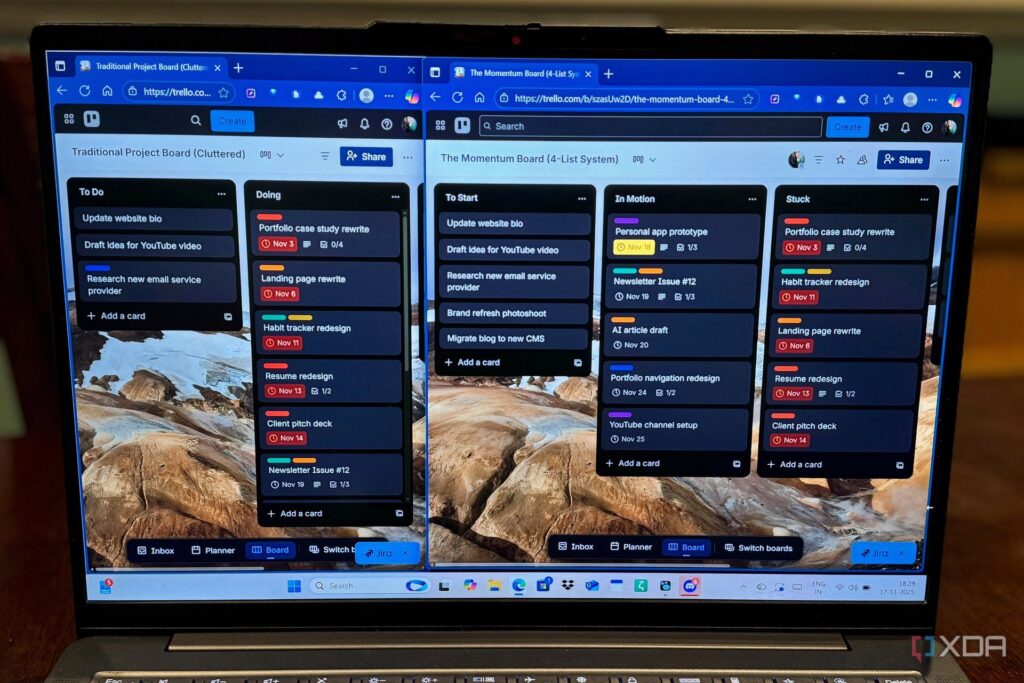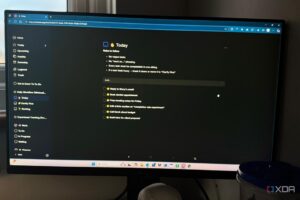
URGENT UPDATE: Trello users are transforming their project management strategies with a groundbreaking approach that addresses the common issue of projects stalling at the “Almost Done” stage. This innovative method, focusing on tracking energy instead of traditional project stages, is changing how individuals complete their creative endeavors.
Many users have experienced the frustration of watching countless projects linger in the “In Progress” phase. Traditional frameworks, which rely on static categories like “To Do,” “Doing,” and “Done,” have proven inadequate for the dynamic nature of creative work. New reports confirm that these conventional lists often lead to a “graveyard” of unfinished tasks, leaving users feeling guilty and unproductive.
The new Trello setup introduces four straightforward lists: To Start, In Motion, Stuck, and Done. This shift allows users to focus on their energy levels rather than rigid timelines. The “Stuck” list, in particular, serves as a diagnostic tool, prompting users to identify emotional barriers that hinder progress.
In a recent experiment, users reported that projects frequently oscillated between “In Motion” and “Stuck,” revealing emotional bottlenecks such as fear of feedback or decision paralysis. By acknowledging these feelings, users can tackle the underlying issues, fostering a more honest and functional project management environment.
The simplicity of this new method is striking. Users can set it up in under five minutes, requiring no complex features or automation. The key lies in asking a single question: “If I opened this project right now, would it feel easy or hard?” Easy projects move to “In Motion,” while harder tasks are placed in “Stuck.”
This fresh perspective is not just about task organization; it’s about enhancing focus on what truly matters. Users have reported a dramatic reduction in guilt and an increase in motivation, as they can now see a clear snapshot of their current energy and engagement levels.
The emotional impact of this shift cannot be overstated. As users become more aware of their creative flows, they find themselves completing projects with greater ease. The dynamic approach helps eliminate the sense of failure associated with unfinished tasks, replacing it with a focus on momentum and personal growth.
The Trello community is buzzing with excitement over these developments, and many are eager to share their successes. As this trend gains traction, it’s clear that the future of project management lies in understanding human emotions alongside task completion.
For those struggling with stagnant projects, this new Trello method offers a lifeline. By embracing a system that prioritizes emotional clarity and energy management, users can finally break free from the “Almost Done” trap and turn their creative visions into reality.
Stay tuned for more updates as this innovative approach continues to reshape the landscape of project management.





